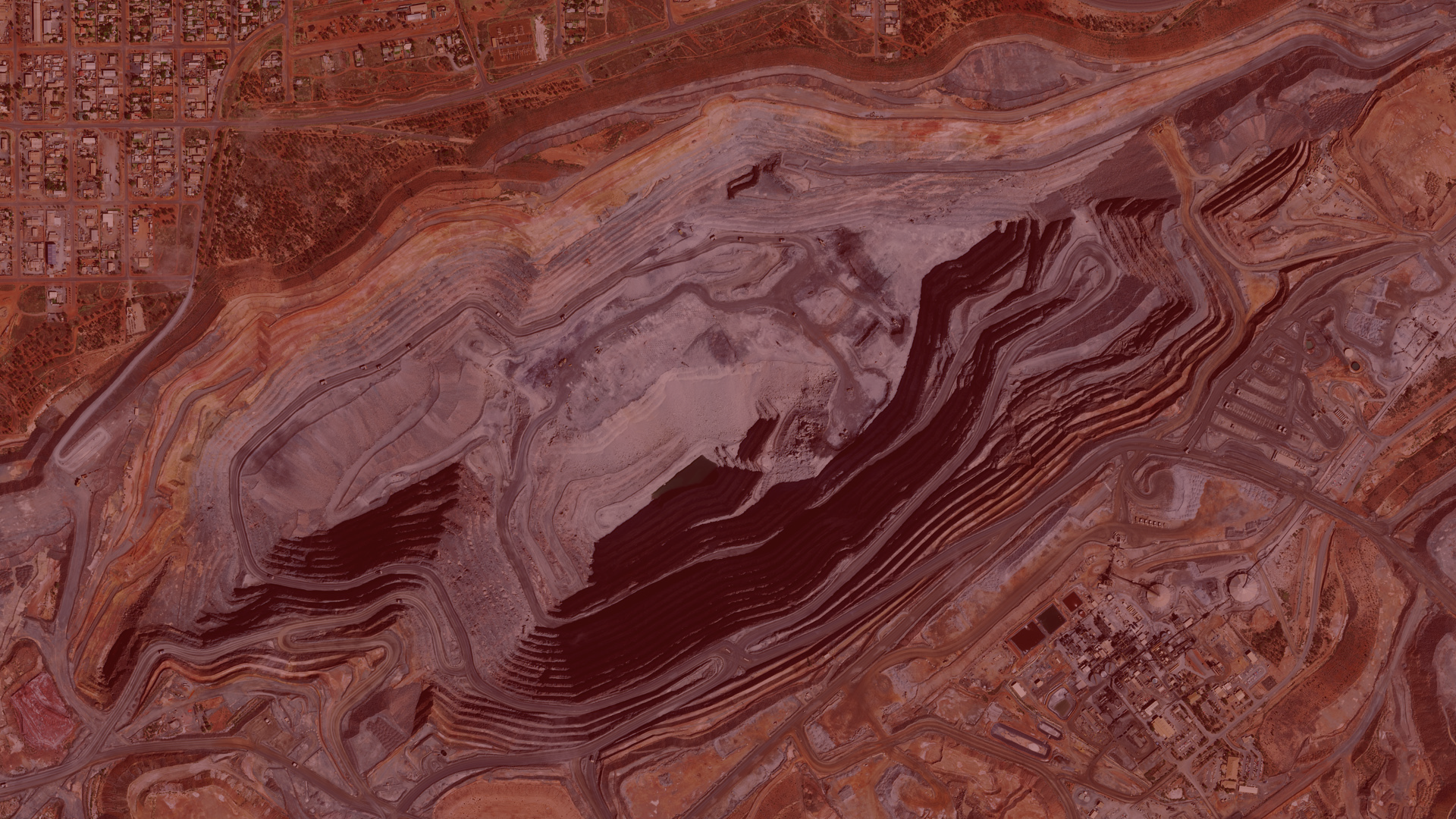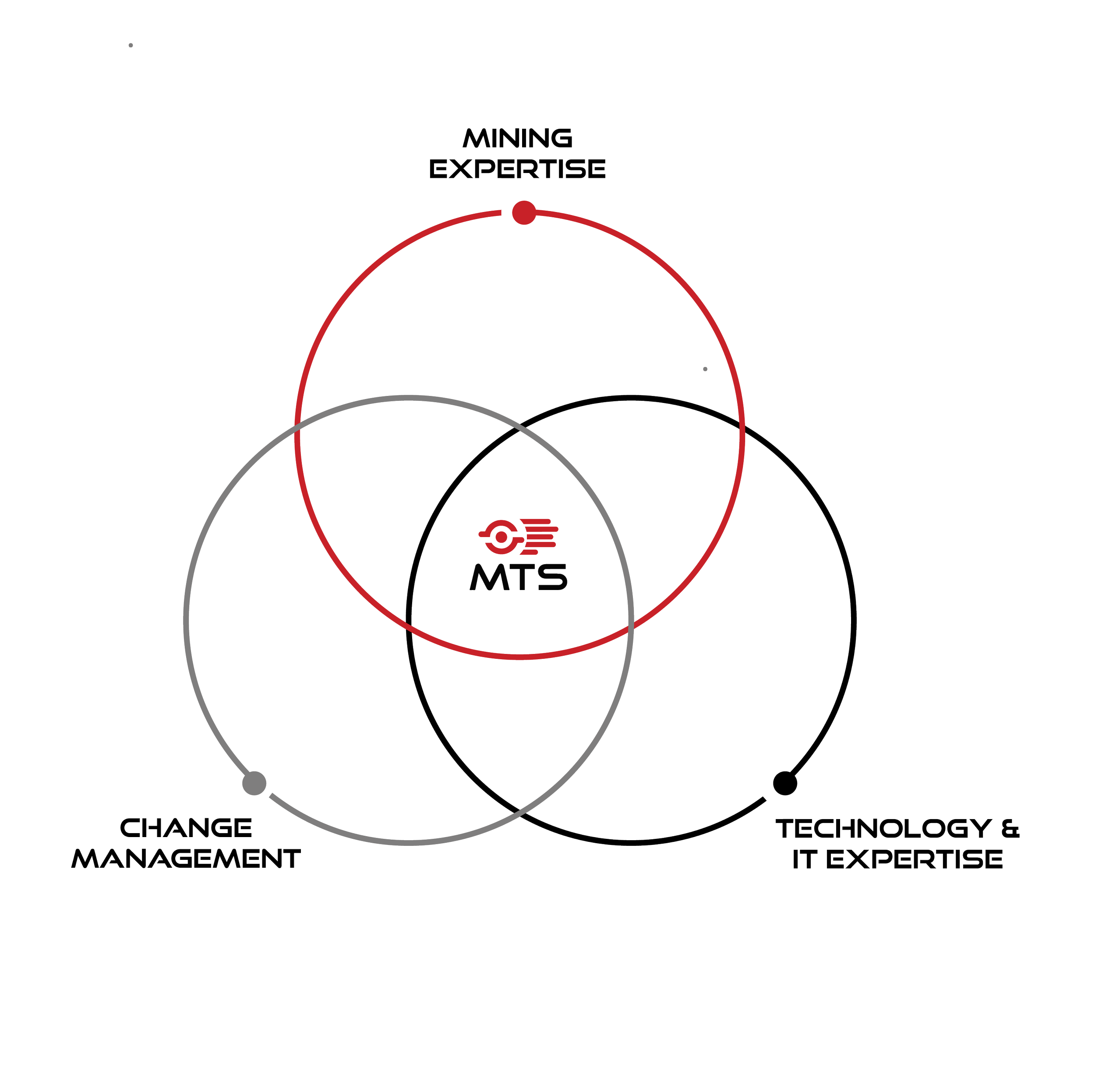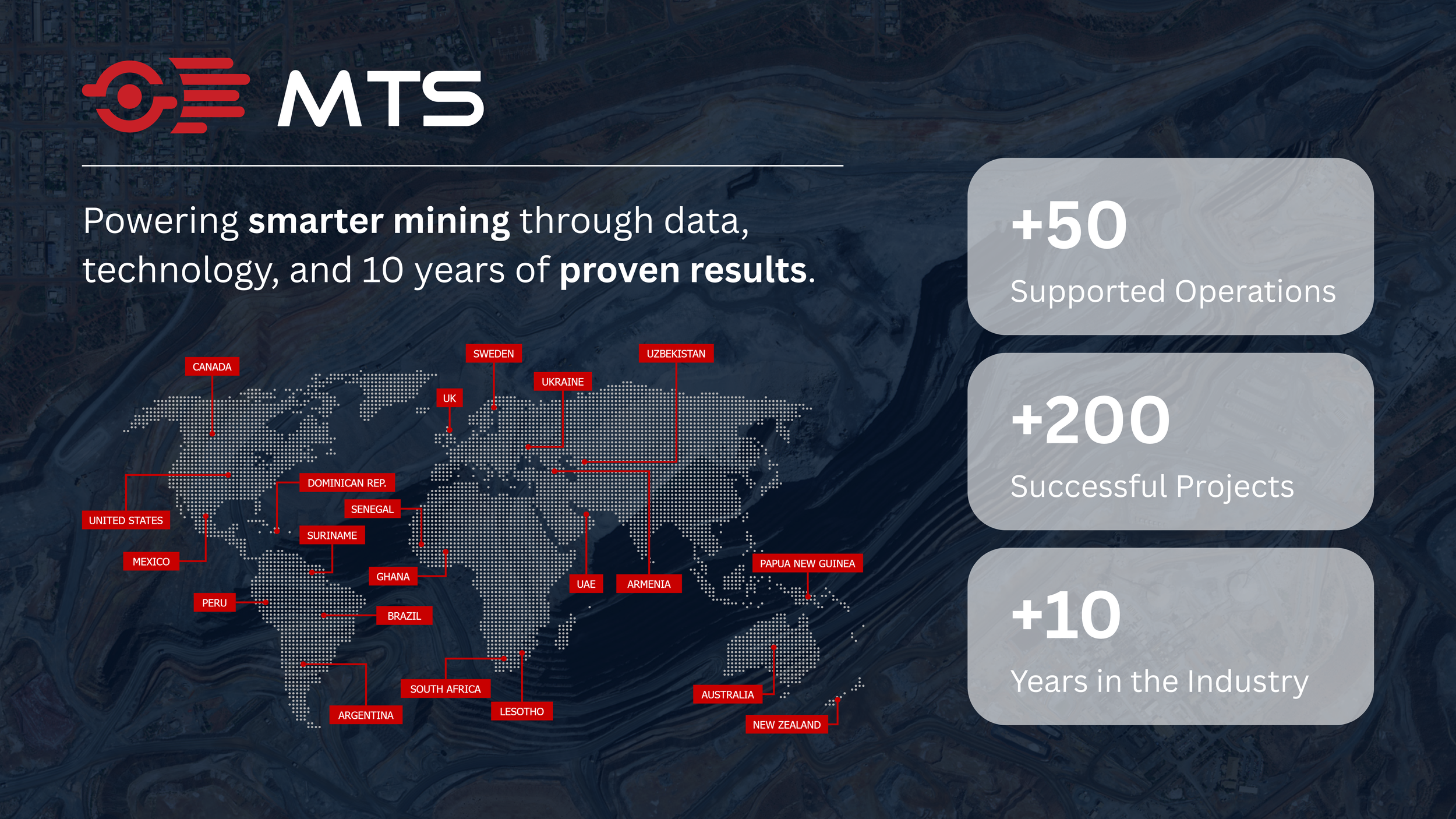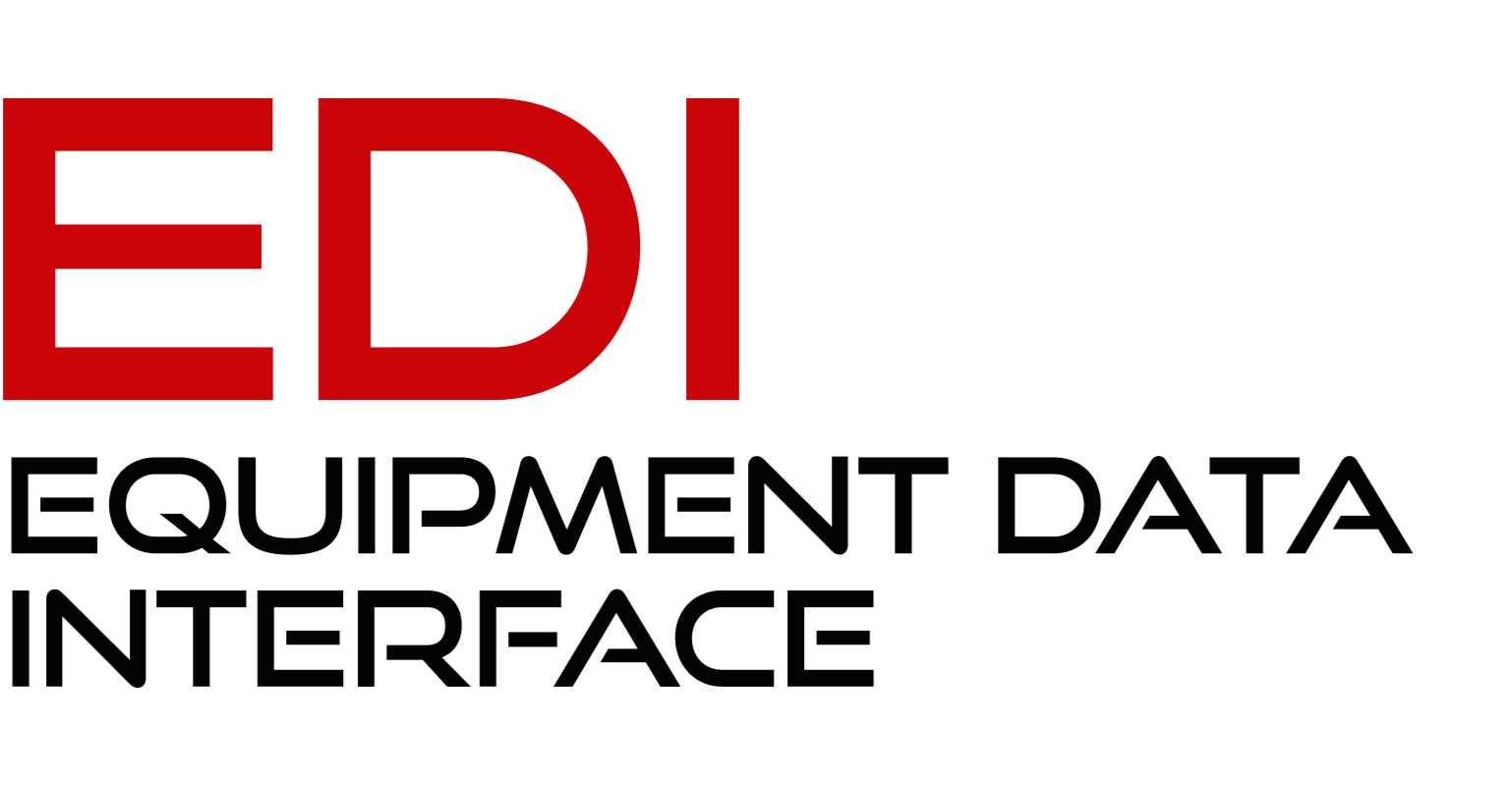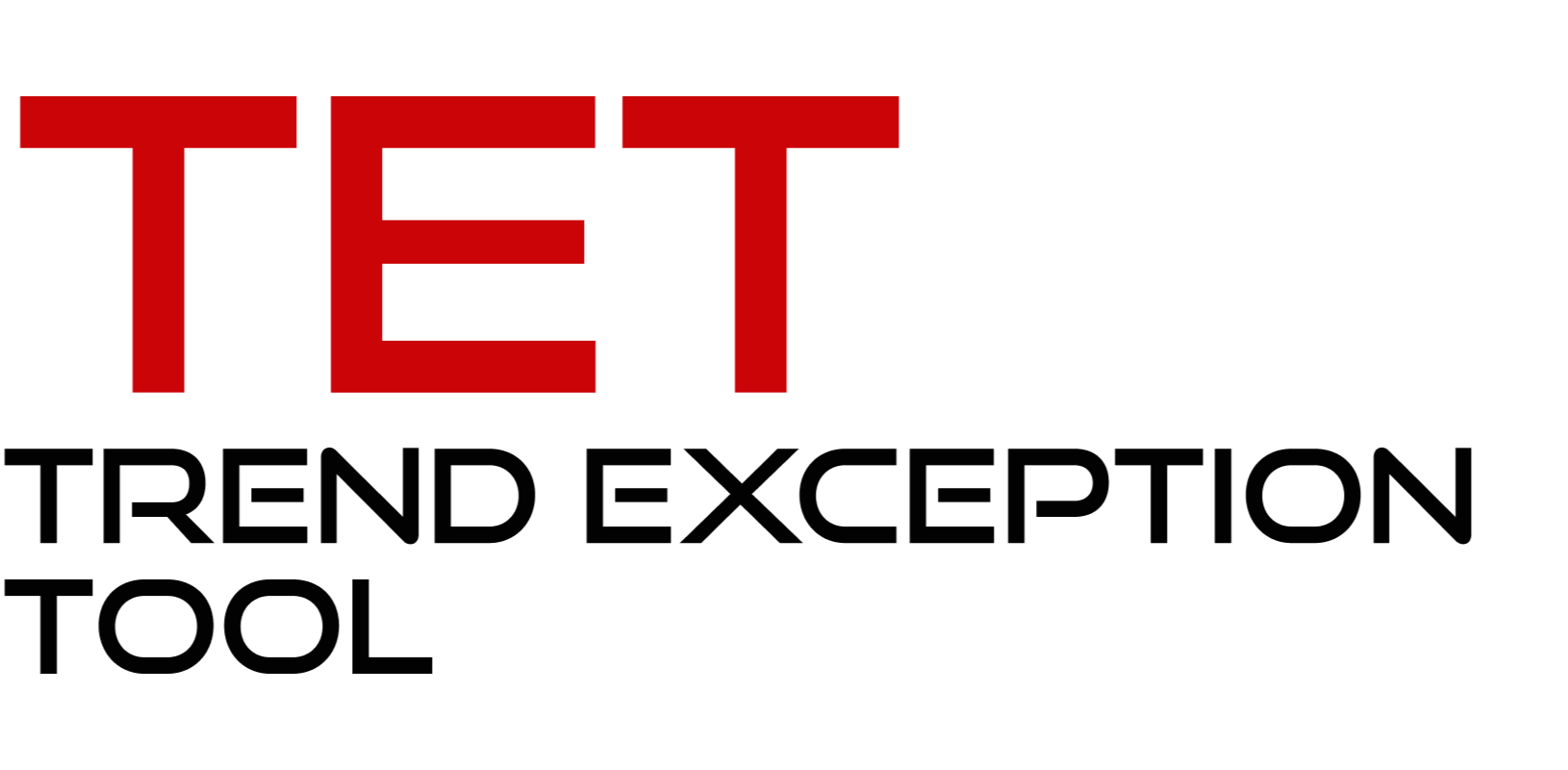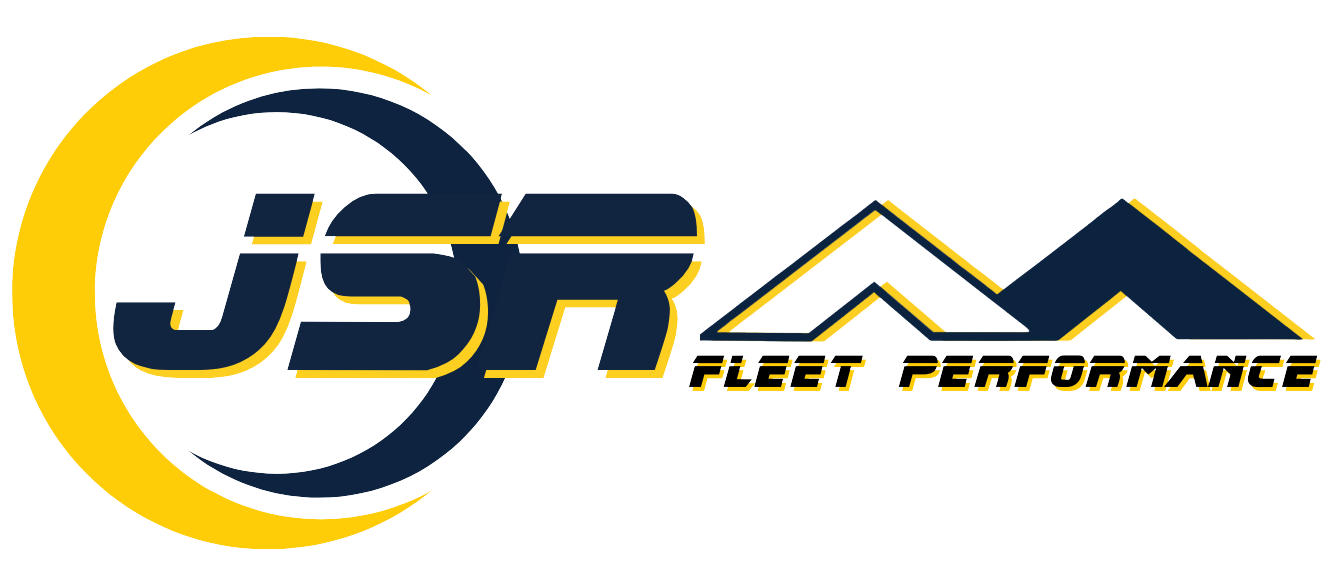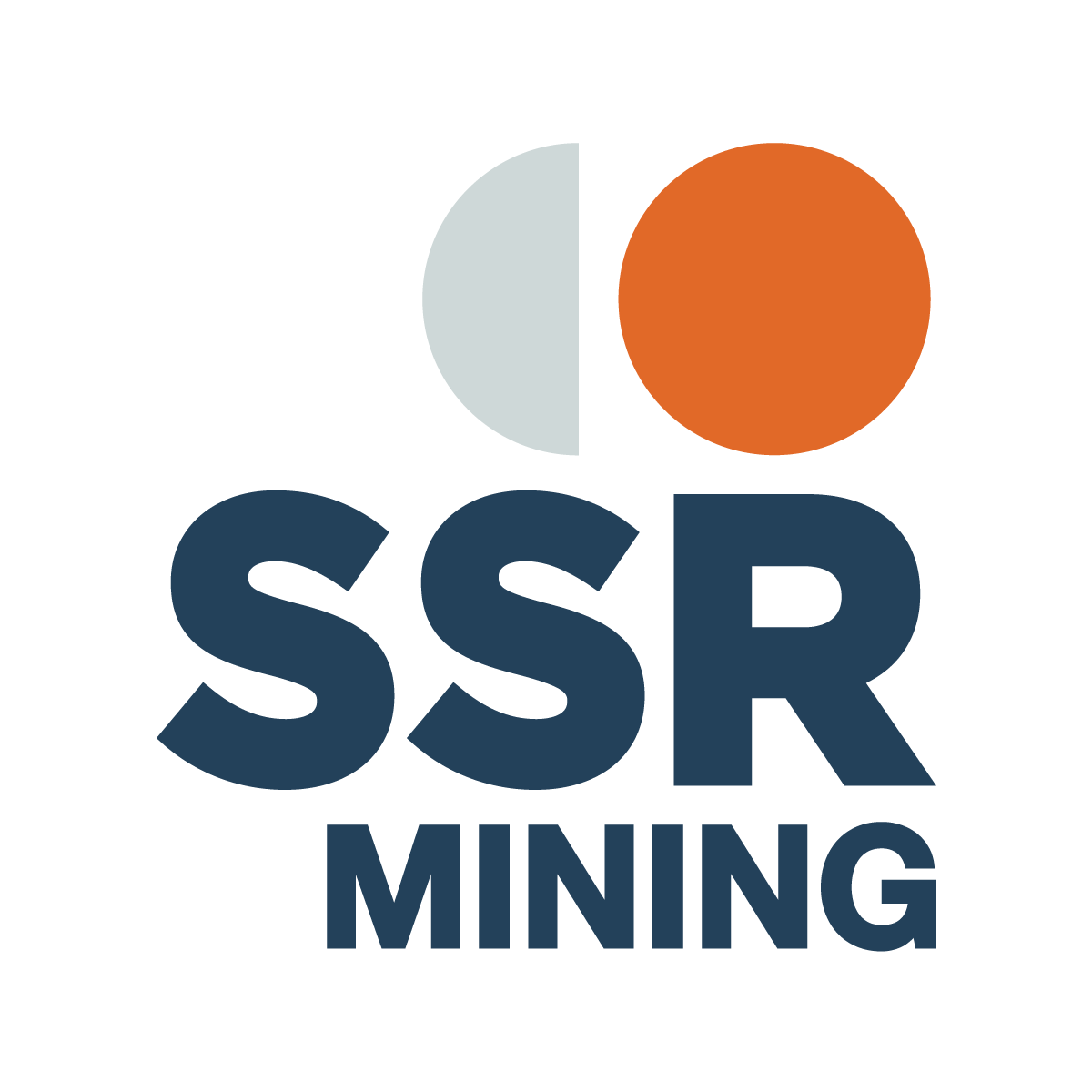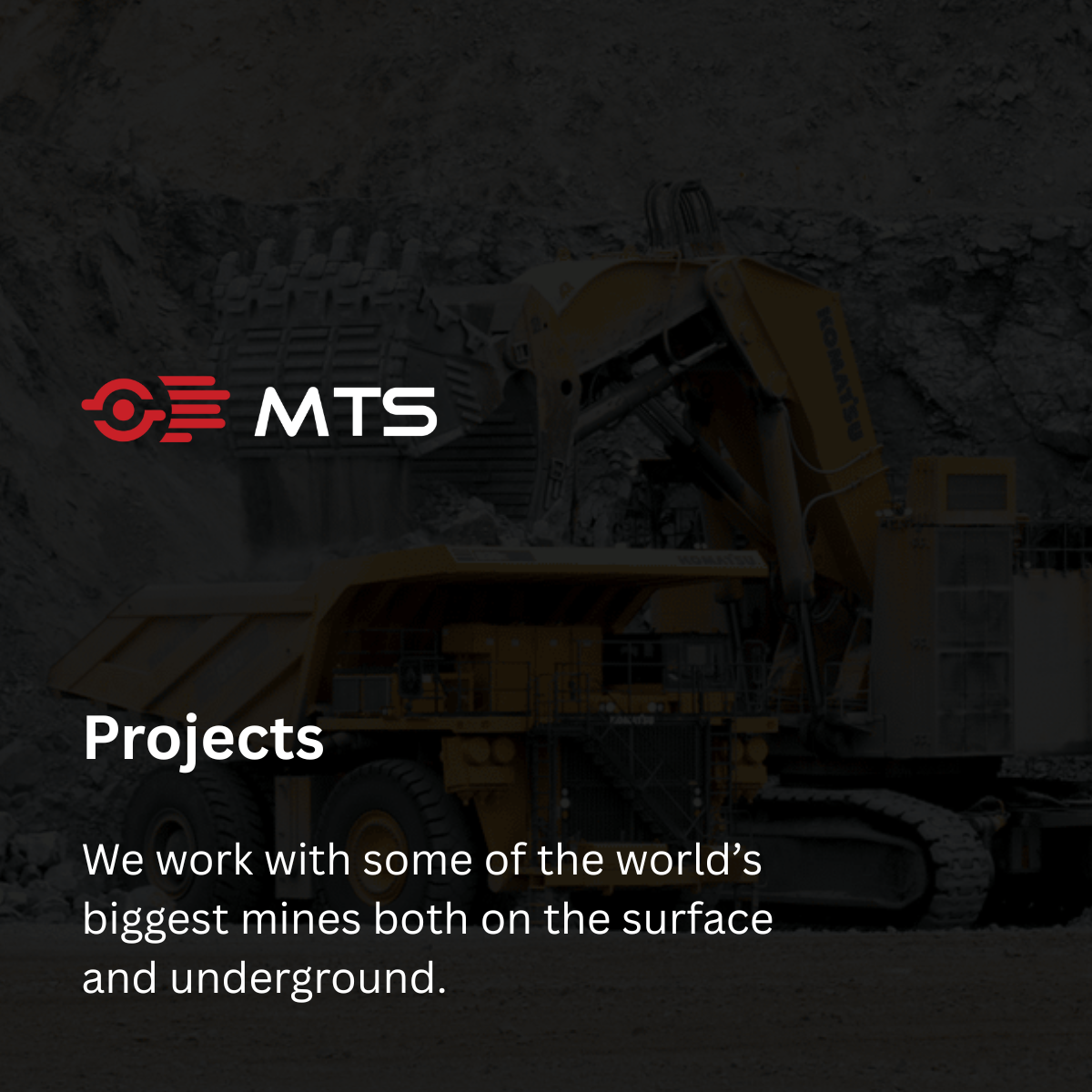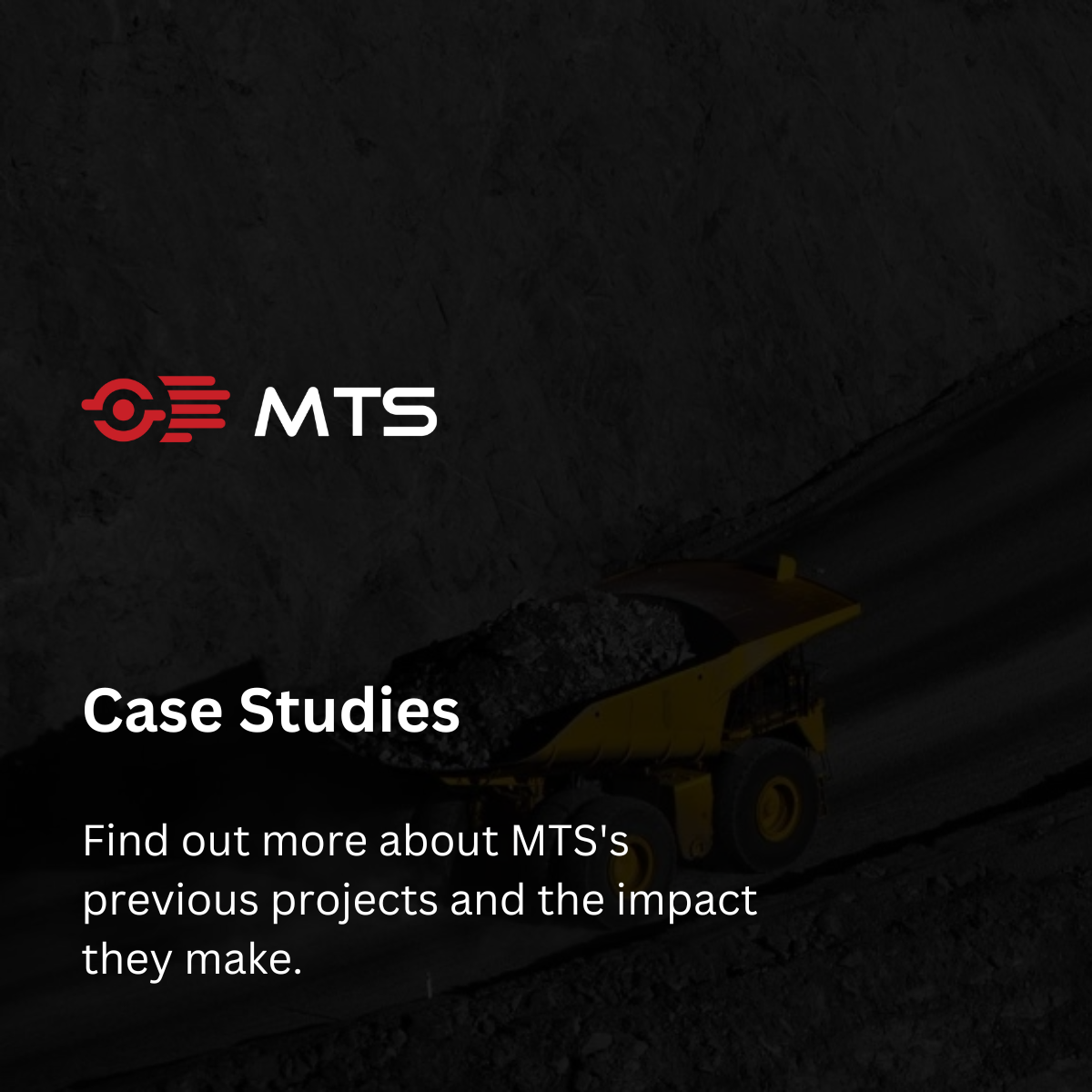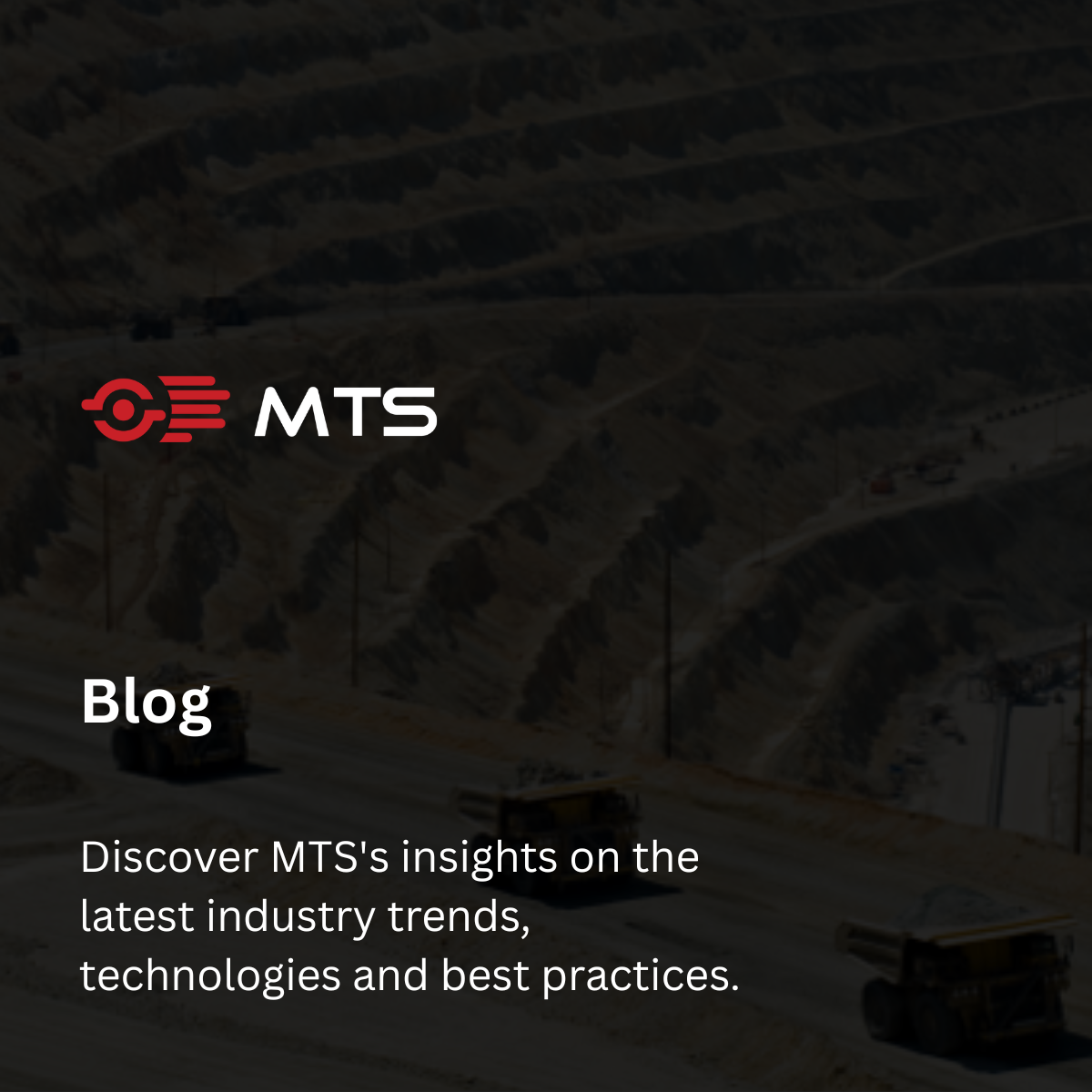Mining Technology Doesn’t Need to be Complicated …
WHO ARE MTS?
We’re a world-class team of mining technology experts providing consultancy, training and cutting-edge software solutions for continuous improvement in mine operations and asset health.
We’re nimble, flexible and responsive to the specific needs of your business and we have a proven track record of driving productivity and efficiency gains at mining operations around the world.
Our Mission is simple: We want to reconnect you with your mining technology, turn your data into actionable information and help you extract maximum value from your investments.
Trusted by leading mining companies across the globe, MTS supports more than 50 operations and 5,000+ assets with data-driven optimisation and on-site expertise
OUR SERVICES
Mining technology doesn’t need to be complicated. MTS offers expert assistance to help mining operations leverage data and technology effectively. Trust our services to optimise your operation, increase efficiency, reduce costs and unnecessary CO2 emissions.
With a proven track record for quality and consistency, MTS provides the following services to the mining industry:
Mining Tech
Assessments
MTS assists mines in enhancing safety, boosting productivity, lowering costs, and effectively managing or reducing energy consumption. Despite this, many mines overlook its full...
Operational
Assessments
Through a combination of onsite study and data analysis, our approach provides a comprehensive assessment of your mining operation's performance. Unlike traditional consultancies...
Feasibility
Studies
MTS provides support during a mining feasibility study to guide technology selection, planning, and budgeting, ensuring optimal technology implementation right from the start of...
Mining Tech RFI/RFQ
Selection Support
We provide unbiased mining technology selection guidance tailored to each mine's operations and budget, ensuring optimal technology implementation and preventing costly wrong...
Data Analytics and BI
Solutions
Our data engineering team harnesses the power of complex mining datasets to extract valuable insights. We transform these insights into captivating and user-friendly visuals that...
Bespoke Custom
Software
At MTS, we understand the limitations of off-the-shelf mining software, particularly in cross-system integrations. Our expertise lies in crafting custom software solutions that...
Targeted Training &
Mentoring
We provide comprehensive training and mentoring packages tailored to the specific needs of your mining team including dispatchers / controllers, operators, pit crews, supervisors,...
Mining Tech
Support
At MTS, we recognize the complexity of mining technology and the challenges faced by busy onsite personnel. With years of experience in supporting mines with technology, we offer...

OUR SOFTWARE
When using data in a mining operation, business requirements often go beyond what is offered by standard industry products. MTS offers a range of straightforward browser-based tools to enhance and visualise data with minimum hassle.
The combined costs of any haulage and auxiliary support fleet represents one of the largest overheads in mining. Diligent planning and careful fleet management are critical towards ensuring your load and haul operation is running effectively and profitably.
Equipment Data Interface (EDI) provides instant access to vital machine snapshots and data loggers. This user-friendly software plugs directly into your site’s asset health solution, enabling maintenance analysts to quickly analyse large quantities of machine health data and troubleshoot issues.
Trend Exception Tool (TET) provides a dynamic interface to machine health trends. The software connects to your MineStar Health database and provides an interface to the trend data. This allows asset health analysts to identify anomalies early, plan an intervention activity and reduce unscheduled failures.
PACKAGED SOLUTIONS & FLEXIBLE ENGAGEMENTS
We offer flexible, custom-scoped consultancy alongside predefined packaged solutions. Our packages provide clear goals, objectives, and transparent scope, ensuring you get the right solution for your mining operational needs. Custom scoped consultancy is additionally available for addressing less routine or more bespoke requirements.
OUR PARTNERS
FEEDBACK
Suzanne Taylor
Mobile Maint Reliability Engineer, SSR Mining
The MTS team and Haul Road Explorer have been instrumental to successfully completing key projects in both operations/engineering and maintenance. The software has streamlined the review process to allow for efficient project implementation and value reporting to key stakeholders.
David Hogg
Assistant Superintendent - Mine Maintenance, Newmont
MTS has provided advanced support to this greenfield operation to build and develop systems to support Asset Health function. This collaborative project included the creation of custom reports, dashboards, interfaces and productivity tools specific to the operation’s business needs. MTS listened to the customer’s needs to provide creative technology-based solutions which lever off multiple data streams to provide information via user-friendly platforms.
Adam Martin
MARC Project Manager, Mantrac Ghana
MTS are a very professional team committed to ensuring you get the maximum benefit from your mining technology - resulting in improved production and maintenance planning. After struggling to get VIMS 3G transferring over the wireless radio to MineStar Health for a number of months, we reached out to MTS who were able to resolve the issue after being onsite for just a couple of days. In addition this they provided training to my team to improve their knowledge and understanding
MTS IN THE FIELD
With over a decade of experience in the mining sector, MTS has established itself as a trusted partner for mining companies worldwide. Our success stories, case studies, and projects showcase our expertise in delivering innovative solutions that optimise operations, increase efficiency, and reduce costs. Our blog provides insights into the latest industry trends, technologies, and best practices, helping clients stay informed and make informed decisions. At MTS, we are dedicated to helping our clients achieve their operational goals and drive sustainable growth.

